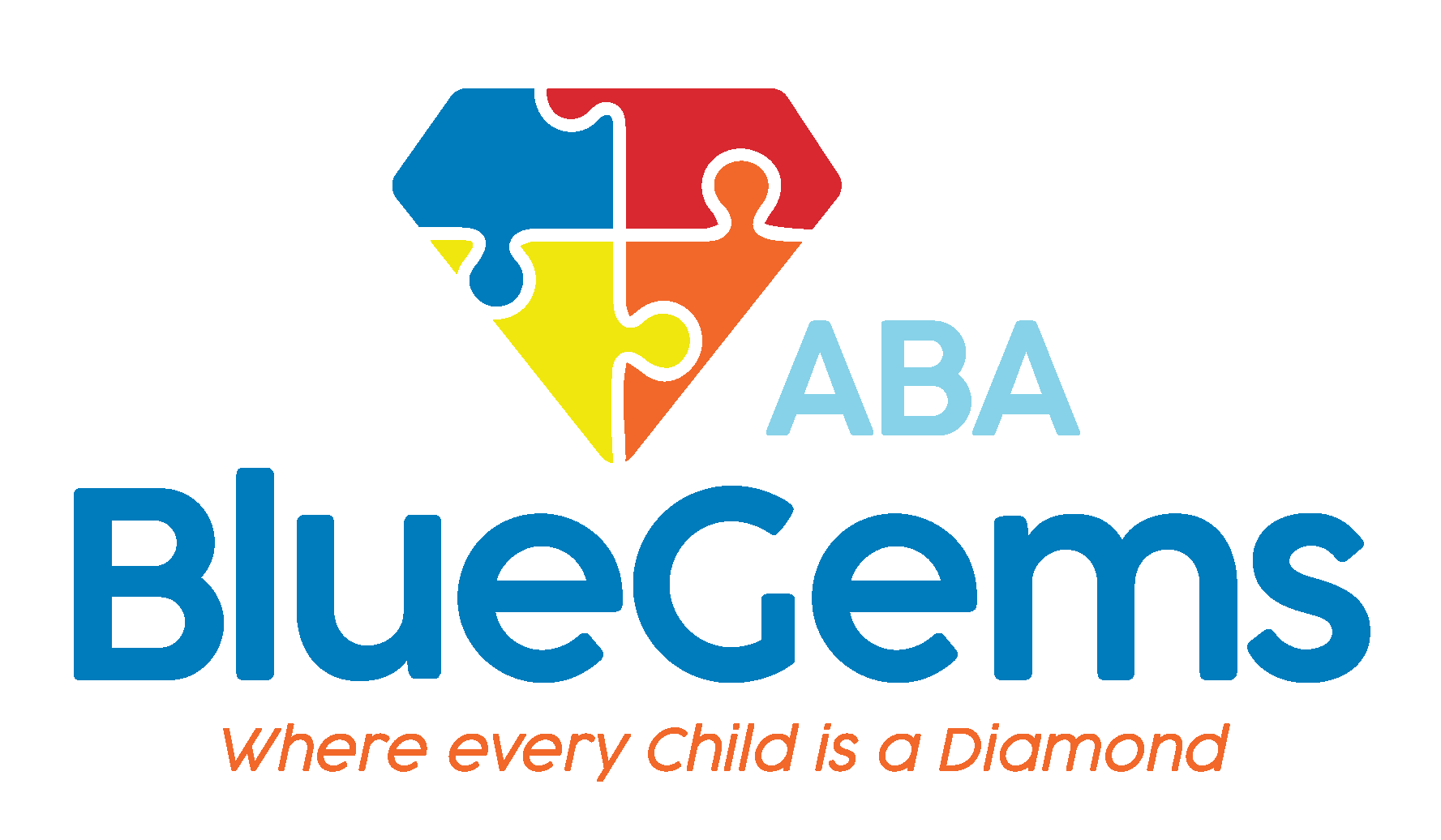Autism in Women
Autism spectrum disorder (ASD)1 is very complex and as such can present itself in very different ways in different people. The neurodevelopmental disorder generally refers to people who display repetitive behaviors and restricted interests.
People with ASD typically face challenges when it comes to communication, daily living tasks, social interactions and more. But, there are varying degrees of autism, and different individuals may face different levels of challenges with each of these typical symptoms.
Recent research has also shown that autism in women and girls typically looks different than it does in men and boys. In addition, autism is much more prevalent in boys than girls2. The generally-accepted data is that about 4.2 times more boys are diagnosed with autism than girls. There are a number of proposed reasons for this, which we’ll discuss in a bit.
How autism presents itself can vary between girls and boys, which makes it more challenging to identify. Below, we discuss autism in women and girls, and what it might look like.
Table Of Contents
Why is Autism More Prevalent in Boys?
In 2020, a review3 was conducted to analyze why four times more boys are diagnosed with autism than girls. The review proposed two theories why this might be the case.
One theory is that girls tend to mask their autism symptoms more than boys. This can lead to their ASD diagnosis being delayed or even missed altogether.
The other theory the review proposed was that the criteria originally set up to diagnosis ASD was based primarily on the behavior of males. Therefore, it’s easy for professionals to not diagnose girls with autism, even though they may have it.
That latter theory hasn’t been researched sufficiently, though there is some basis for the first theory.
How Autism Affects Girls
The American Psychiatric Association4 says that autism may affect women and girls differently than it does men and boys. According to the APA, they may:
- Have better conversation skills
- Be more likely to have shared interests
- Be better able to understand communication
- Be better able to modify behaviors, depending on a situation
- Not display behaviors that are obviously repetitive
- Develop special interests that are “socially acceptable,” such as animals or celebrities
These signs of autism in women and girls show why it can be challenging to properly diagnose them. In many ways, women and girls with autism may appear to be more “normal” than men and boys with autism.
The Role of Masking in Autistic Girls and Women
As mentioned, girls are more likely to mask their autism symptoms5. In other words, this means they’re more likely to try to hide whatever autism symptoms they have so they fit in with others.
Research has found that women most often mask in an environment where they don’t feel safe or welcomed, or where they may not have disclosed that they’ve been diagnosed with ASD — such as at school or work.
Masking could include forcing eye contact, keeping stimming behaviors in check, following a pre-planned “script” for social situations or conversations, imitating the gestures and facial expressions of others, and hiding whatever their special interests may be.
While masking is done to try to fit in, research has shown that it can be very harmful to one’s overall well-being and mental health, as it can actually cause stress, depression and anxiety.
The fact that girls and women are more likely to mask means it can be more difficult to diagnose them with ASD. This could in many ways explain why so many more boys are diagnosed with ASD than girls, and why girls receive an ASD diagnosis6 almost one year later than boys do, on average.
Learn more about autism masking in girls and women
Pay Attention to Typical Signs of Autism in Women
Today, there are many effective treatments for people with autism, including applied behavioral analysis, or ABA therapy. One of the key factors in the effectiveness of ABA therapy isn’t just the specific approach and consistent nature, but also when the treatment was started.
Research has shown that the earlier an ASD diagnosis can be made, the more effective the ABA therapy treatment can be. That’s why it’s very important for parents, caregivers, pediatricians and others who are in constant contact with children to pay attention to the major signs and symptoms of autism.
It’s no more important to do this with girls than it is for boys, though it may be more challenging to identify in girls. Knowing some of the different ways in which autism can affect girls, and how they might mask their symptoms, can help in identifying the early signs of autism.
Trust Blue Gems ABA to Help Your Child with Autism
Spotting the signs of autism may be more difficult in young girls than it is in young boys. That’s why it’s important to recognize what the typical signs of autism are in both girls and boys, and to talk with your pediatrician if you suspect your child might have the developmental disorder.
At Blue Gems ABA, we have licensed clinical psychologists who are trained to identify the signs of autism and accurately diagnosis ASD in both girls and boys. When we do give an ASD diagnosis, we also have a team of experienced BCBAs who can help your child build the social, communication and life skills they need through ABA therapy.
To learn more, please contact us today.
References
- https://bluegemsaba.com/autism-spectrum-disorder-asd/
- https://www.thetransmitter.org/spectrum/autisms-sex-ratio-explained/
- https://link.springer.com/article/10.1007/s40489-020-00197-9
- https://www.psychiatry.org/psychiatrists/practice/dsm
- https://www.ncbi.nlm.nih.gov/pmc/articles/PMC10060524/
- https://nationalautismdatacenter.org/age-of-diagnosis/




